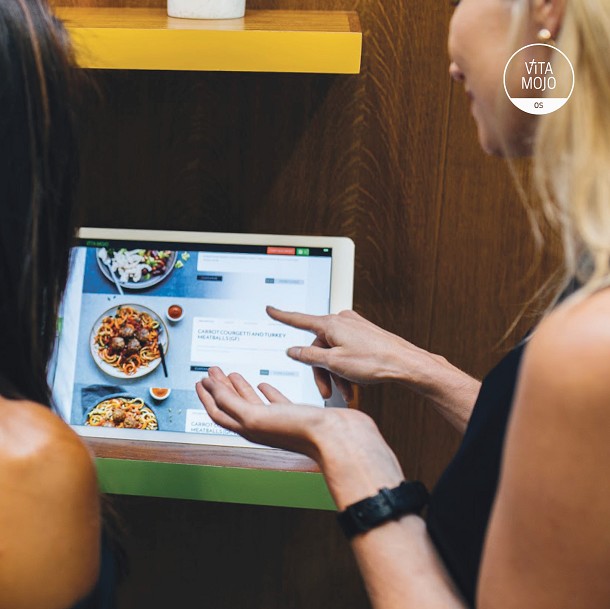Does going digital in restaurants mean the end of great service?
As different segments of the restaurant sector reach capacity and start to experience consolidation, a process accelerated by spiralling costs and economic uncertainty; how do restaurants embrace technology as a positive disruptor, a force for good?
Is it really possible to maintain an emotional connection and maintain brand loyalty when reducing human interactions during the in-store customer journey?
How do you make your customers feel?
One of the best ways to measure a customer journey is to understand how that journey made the customer feel, and to understand whether that customer is driven to return again and again, thus achieving brand loyalty.
A practical example of how a brand leader outside of the restaurant sector has balanced brand and service, introducing digital service, is Apple's Pamela Danziger. In a recent Forbes article, ‘3 things retailers need to learn from Apple about the experience economy’, she highlighted three lessons that could be learnt from the Apple retail model:
1. Become a Place to Learn: In the experience economy consumers can be relentless at gathering all the information they need before making a purchase.
2. Become a Place to Gather: Angela Ahrendts formerly of Burberry and now outgoing senior vice president of retail explains, “the store becomes one with the community.. that is the overarching vision of the future of Apple retail”.
3. Become a Place to Serve: Focus on the quality of the service within the in-store experience. Ensure professionalism and training with a focus on the customer, not the transaction.
How can we balance the rise of technology and automation with the need for well-pitched human interactions in our restaurants?
How to keep customers coming back to your restaurant?
Maximise staff effectiveness:
Automate the more basic tasks during the in-store customer journey. Customer feedback tells us digital ordering process often provides a better experience. It allows for menu and brand discovery and greater control by the customer to make the right choice. This can be an opportunity to reduce labour costs or redeploy staff to become in-store hosts, enhancing the customer journey and adding true value to the brand experience.
Manage throughput over peak more effectively: The single biggest challenge we find amongst restaurant operators, is how do they manage peak trading effectively? Digital ordering via in-store kiosks and online can aggregate orders, and process incoming orders via a capacity management system that manages covers per time segment increment. This helps restaurants to spread peak over a longer period and enhances the in-store experience for the customer by making it less rushed and frenetic.
Data, feedback and loyalty: Retaining, rewarding and communicating with our customers in restaurants has become the holy grail! Digital ordering means that in an environment such as the Vita Mojo restaurants where between 35% and 45% of our customers order online via a personal profile, we generate a huge amount of data we can pro-actively and carefully curate content for. After every online order, each customer is able to give the meal an Uber style thumbs up or thumbs down with an accompanying comment. As a reward they will receive a loyalty point which can be used as a currency and redeemed against subsequent orders.
Other industries and sectors, like financial services, have found a way to integrate digital and human interactions within the same customer journey. One enhances the other focusing on a brand experience that resonates and increases loyalty.
Now is the time for the restaurant sector to harness the disruptive nature of technology with the reassurance of the human touch.
Want to know more? Get in touch: Vita Mojo
software.vitamojo.com
nick.liddle@vitamojo.com
Follow us:
Twitter: @VitaMojo
Facebook:@vitamojo
Instagram: Vita Mojo
LinkedIn: Vita Mojo






